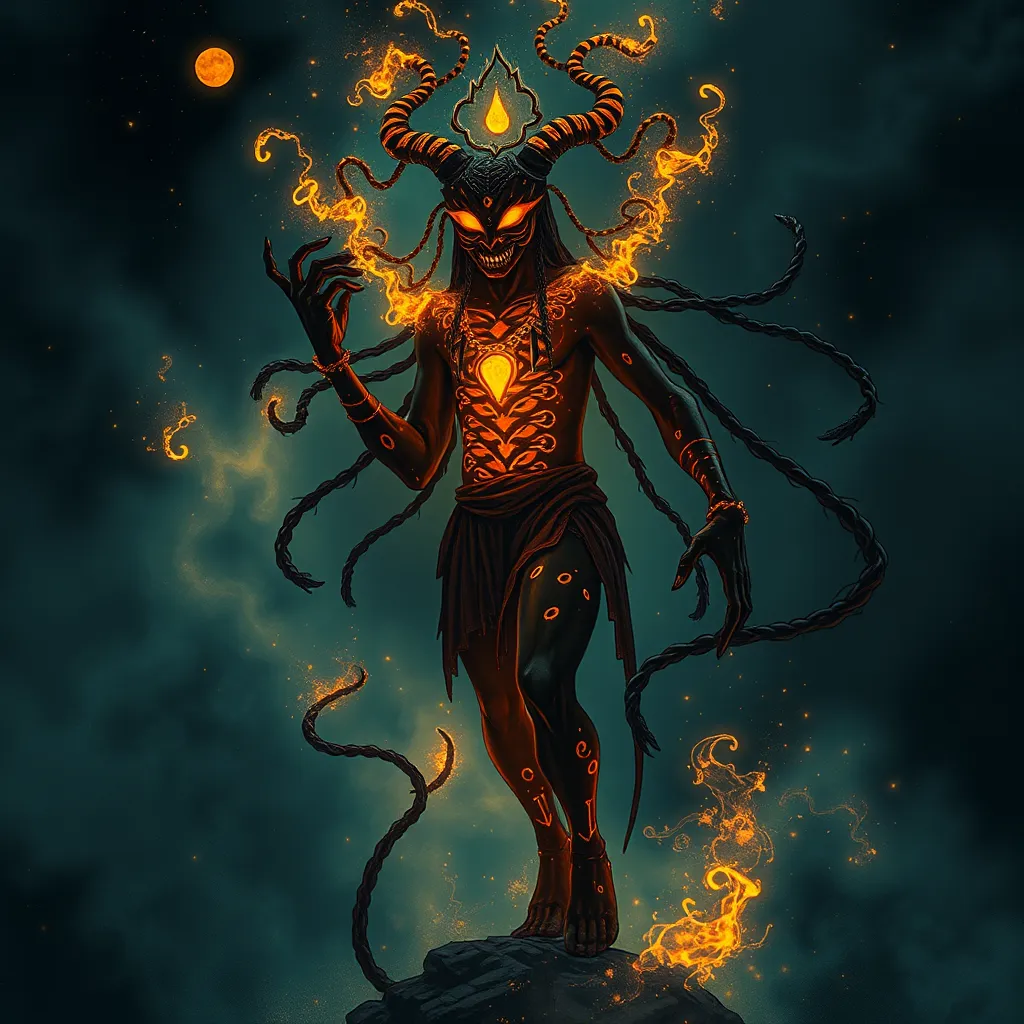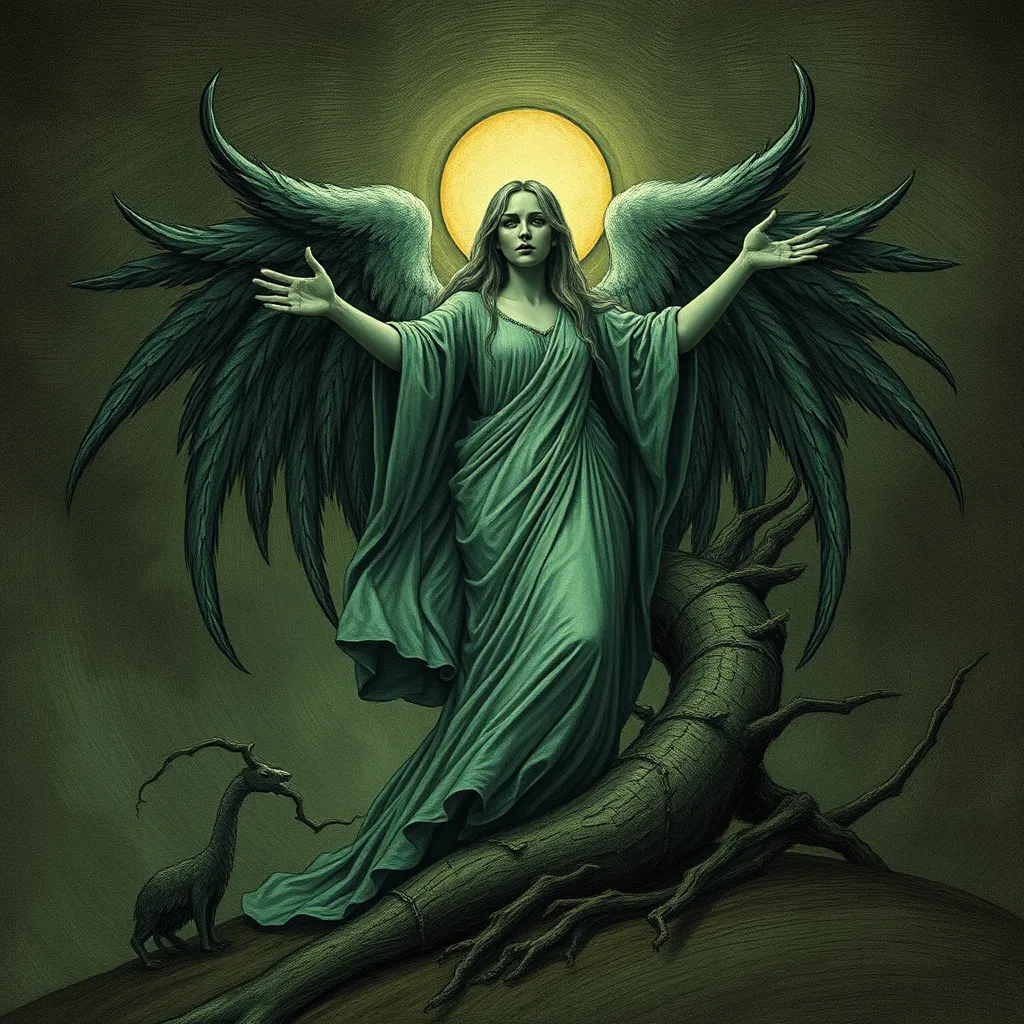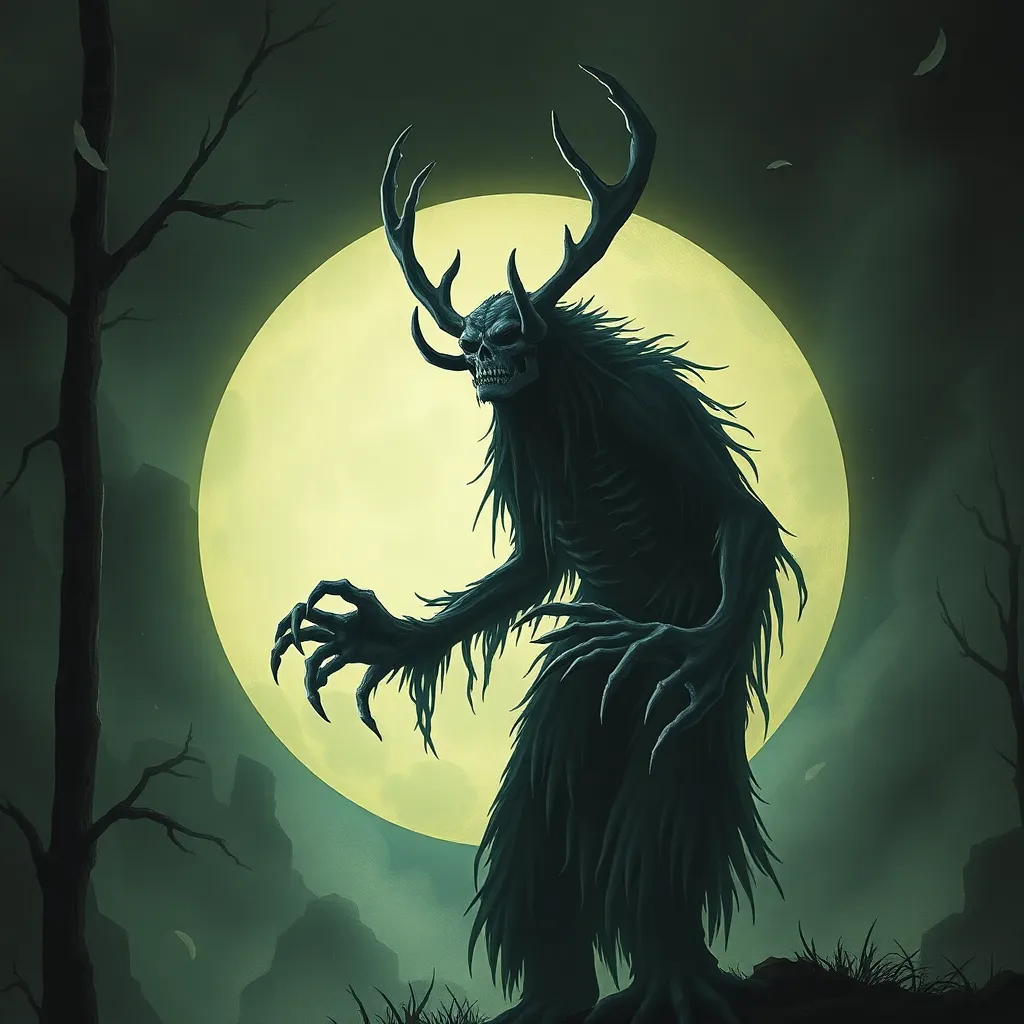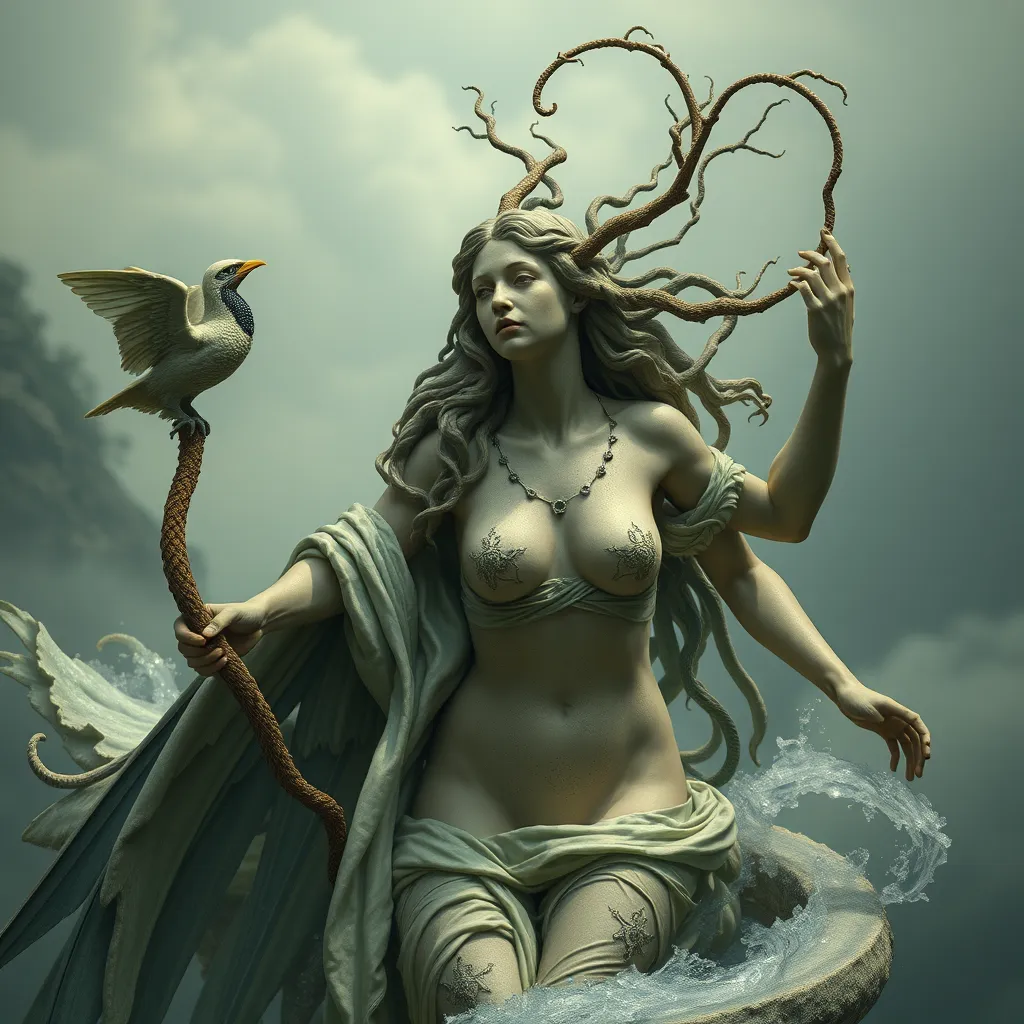The Jinn in Australian Aboriginal Mythology: Dreamtime Beings and the Spirit World
I. Introduction
Australian Aboriginal mythology is a rich tapestry of stories, beliefs, and spiritual practices that have been passed down through generations. At its core, it encompasses the Dreamtime—a complex worldview that explains the origins of the land, its people, and their relationship with nature.
The concept of Jinn originates from Middle Eastern mythology, where they are often depicted as supernatural beings with the ability to influence the human world. These entities hold significant cultural importance across various societies, including those in Islamic, pre-Islamic, and modern contexts.
This article aims to explore the connections between Jinn and Aboriginal Dreamtime beings, examining how these two distinct mythologies share common themes and characteristics, thereby enriching our understanding of spirituality and cultural narratives.
II. Understanding Jinn: Origins and Characteristics
A. Definition and historical context of Jinn in Middle Eastern mythology
Jinn are often defined as beings created from smokeless fire, as mentioned in Islamic texts. They possess free will, allowing them to choose between good and evil, which sets them apart from angels. Historically, Jinn have been portrayed in various ways, from benevolent protectors to mischievous tricksters.
B. Characteristics and attributes of Jinn
Some common characteristics of Jinn include:
- Ability to change shape and become invisible
- Possession of immense knowledge and power
- Connection to the natural and supernatural worlds
- Influence over human affairs and emotions
C. Jinn in contemporary interpretations and popular culture
In modern times, Jinn have been represented in literature, film, and art. They are often romanticized or reinterpreted, leading to a blend of traditional beliefs with contemporary narratives that resonate with wider audiences.
III. The Dreamtime: Core Beliefs of Aboriginal Australians
A. Explanation of the Dreamtime concept
The Dreamtime, also known as the Dreaming, refers to the time of creation when ancestral beings shaped the land, its inhabitants, and the laws governing their existence. This concept forms the foundation of Aboriginal spirituality and cultural identity.
B. Role of ancestral beings and creation stories
Aboriginal creation stories often involve ancestral beings who traveled across the land, forming geographical features and establishing cultural practices. These beings are revered and serve as a connection to the spiritual realm.
C. The connection between land, identity, and spirituality in Aboriginal culture
For Aboriginal Australians, land is not merely a physical space but a sacred entity intertwined with their identity and spirituality. The Dreamtime stories dictate their relationship with the land and each other, emphasizing stewardship and respect for nature.
IV. Parallels Between Jinn and Aboriginal Dreamtime Beings
A. Comparative analysis of Jinn and Aboriginal spirits
Both Jinn and Aboriginal Dreamtime beings inhabit a spiritual realm and possess the ability to interact with the human world. They often serve as mediators between the physical and spiritual realms, guiding or challenging humanity.
B. Similarities in roles: guardians, tricksters, and protectors
In both traditions, Jinn and Dreamtime beings can embody various roles:
- Guardians of sacred knowledge and places
- Tricksters who challenge norms and provoke thought
- Protectors of their respective people and cultures
C. Cultural interpretations of good and evil in the context of Jinn and Dreamtime beings
Both mythologies reflect complex views on morality. Jinn can embody both benevolent and malevolent traits, while Aboriginal beliefs often emphasize a balance between creation and destruction, good and evil, in their spiritual narratives.
V. Spiritual Significance of Jinn and Dreamtime Beings
A. The role of Jinn in the spirit world
Jinn play a crucial role in the spirit world, influencing human lives and controlling natural phenomena. They are often invoked in rituals to seek protection or guidance.
B. The spiritual significance of Dreamtime beings in Aboriginal rituals and beliefs
Dreamtime beings are central to Aboriginal rituals, symbolizing the interconnectedness of life and the importance of maintaining harmony with the environment. These beings are honored through ceremonies that reaffirm cultural heritage.
C. Impact on the natural world and human existence
Both Jinn and Dreamtime beings underscore the belief that the natural world is alive and imbued with spiritual significance. They remind humanity of their responsibilities toward nature and the consequences of their actions.
VI. Contemporary Perspectives and Interactions
A. Modern interpretations of Jinn in Australia
In Australia, Jinn have begun to permeate popular culture, often appearing in literature and media that explore multicultural themes, reflecting the diverse backgrounds of the Australian populace.
B. The influence of globalization on Aboriginal spiritual narratives
Globalization has led to the blending of spiritual narratives, allowing for the exchange of ideas between different cultures. This has impacted how Aboriginal stories are told and understood, integrating elements from other traditions, including those of Jinn.
C. Cross-cultural exchanges and adaptations
As cultures interact, there is a growing appreciation for the spiritual narratives of others. This has fostered cross-cultural adaptations in storytelling, art, and spiritual practices, enriching the understanding of both Jinn and Dreamtime beings.
VII. Case Studies: Jinn and Dreamtime in Art and Literature
A. Representation of Jinn in Australian Aboriginal art
Contemporary Aboriginal artists have begun to incorporate Jinn into their works, drawing parallels between their traditional motifs and the characteristics of Jinn. This fusion creates new narratives and dialogues within the art community.
B. Literature exploring the intersection of Jinn and Dreamtime narratives
Several authors have explored the relationship between Jinn and Dreamtime beings, creating stories that reflect the complexity of identity and spirituality. These narratives often highlight the shared experiences of different cultures.
C. Role of storytelling in preserving cultural heritage
Storytelling remains a vital aspect of both Aboriginal and Middle Eastern cultures. It serves as a medium for preserving cultural heritage and fostering understanding between diverse groups.
VIII. Conclusion
A. Summary of key insights on the Jinn and Aboriginal Dreamtime beings
In conclusion, the exploration of Jinn and Aboriginal Dreamtime beings reveals significant parallels in their roles within their respective cultural contexts. Both embody spiritual significance and influence human existence in profound ways.
B. The importance of understanding cross-cultural spiritual connections
Understanding the connections between different mythologies enriches our appreciation for diverse spiritual beliefs and practices, fostering respect and empathy among cultures.
C. Future research and exploration of the intertwining of these mythologies
Future research should continue to explore the connections between Jinn and Aboriginal Dreamtime beings, examining how globalization and cultural exchange shape contemporary interpretations and practices. This exploration can lead to deeper insights into humanity’s shared spiritual heritage.



